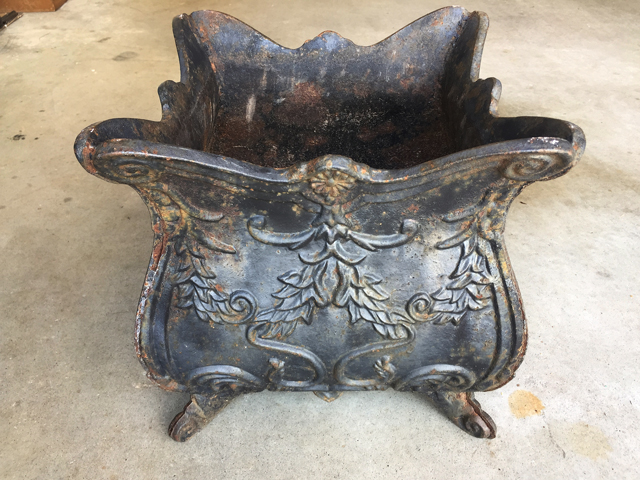
This next project was pretty much a no brainer. Once the Heirloom Garden Bench and the Flagstone Garden Retreat were completed, it was clear that there was a need for a bit of color and more natural beauty in the space. Fortunately, I remembered we had an old iron planter and thought that it would work well in our Corner Of Solitude. However, after being outdoors for years, the weather had taken a toll on the planter. So, I’ll give the rusty iron planter a refreshing before it gets a new home. It was dirty, rusted, and the open corners needed to be sealed. But, I was convinced it was worth the effort. It will be the perfect addition to our flagstone sitting area in the corner of our woodland garden.
Clean The Planter And Remove Rust
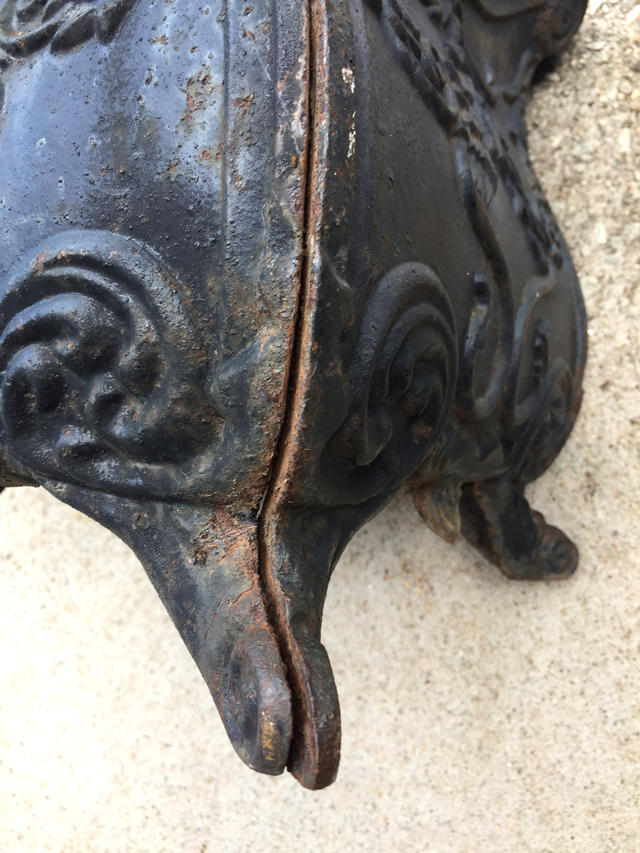
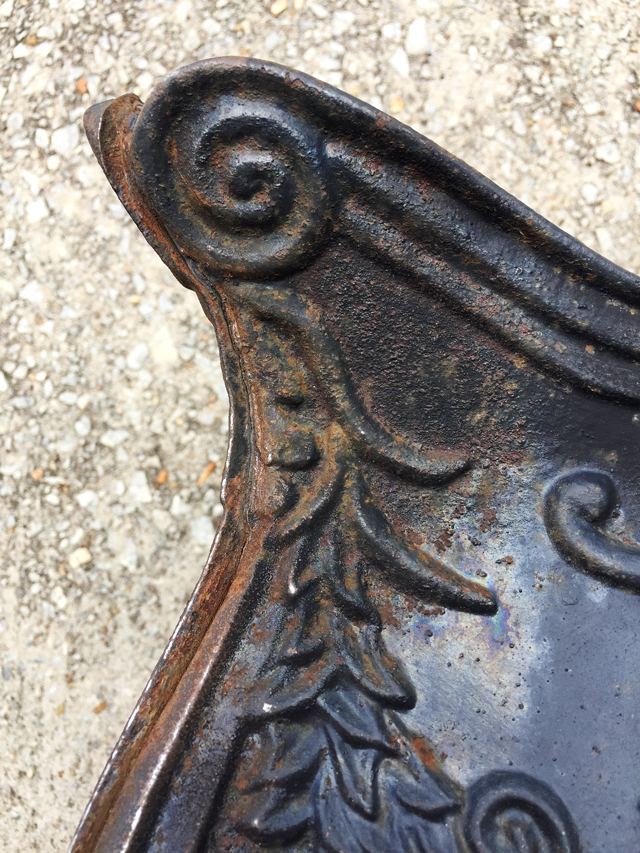
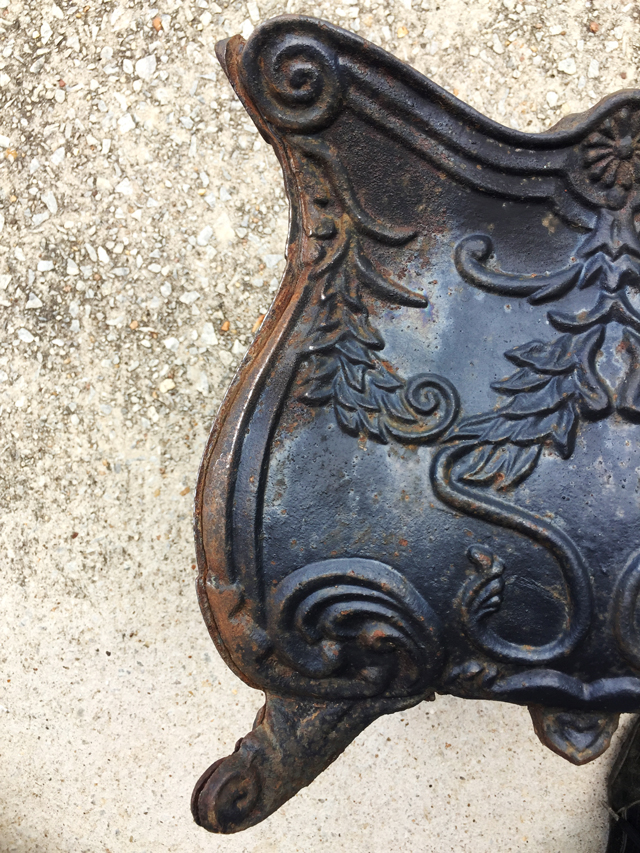
First, I cleaned up the planter and made sure there were no cracks or missing pieces. It was thoroughly washed with gentle soap and water and left to dry completely. Then, I used a wire brush to go over the entire piece to make sure all the loose paint and dirt was removed. Fortunately, it looked better than I thought it would from a rust point of view. Rust that was not removed with the wire brush was removed with medium to fine grade sandpaper.
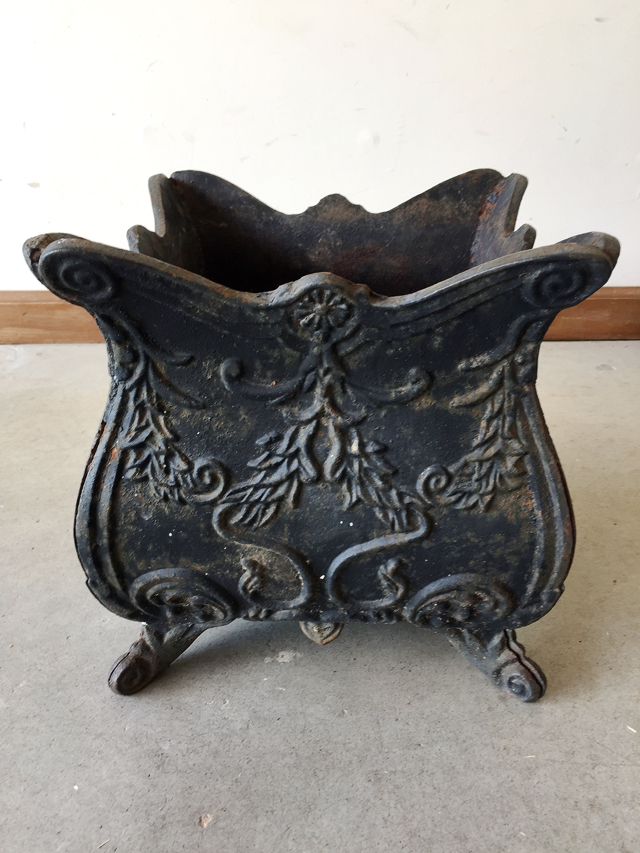
I was happy so far with the condition of the planter and the progress that had been made. The iron planter was in good shape as there were no cracks, pieces missing, or structural damage from the rust. But, the open space where the iron pieces meet at the corners is still an issue. It appears that the previous caulking has dried and fallen out. Unfortunately, this left the planter open for water to seep out without thoroughly saturating the soil in the pot.
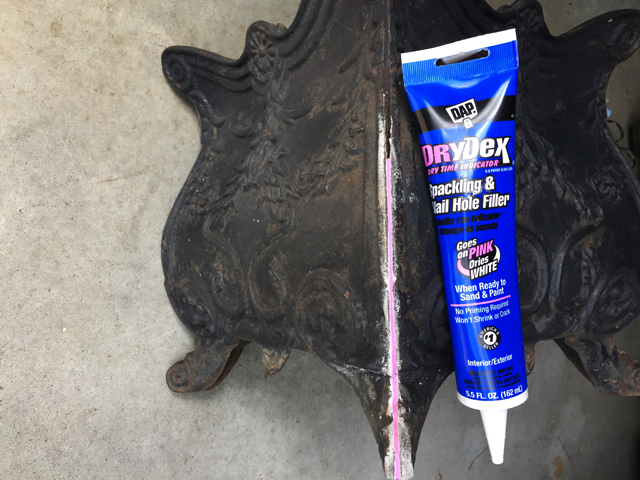
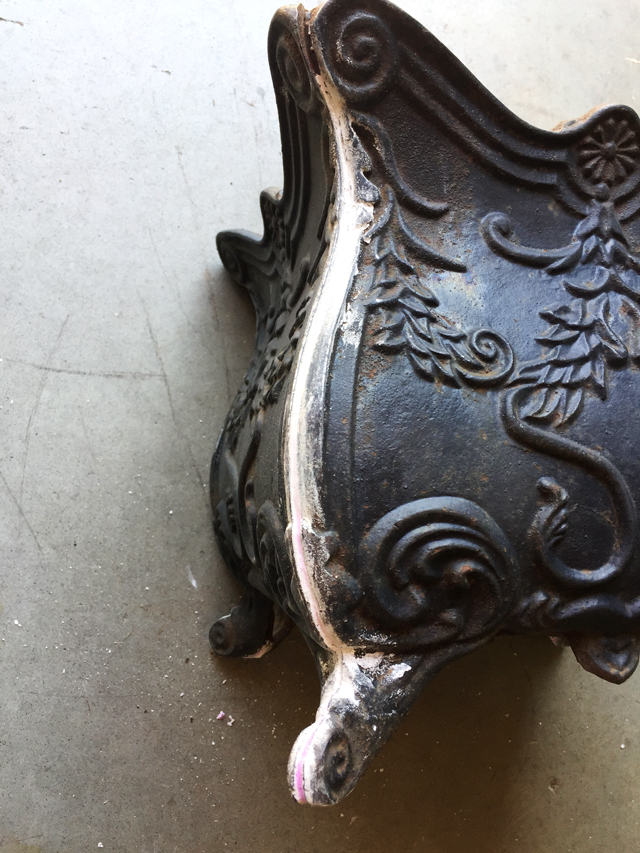
Caulking The Corners Of The Iron Planter
The planter has a hole in the bottom center for proper draining for plants. However, with four open cracks on the corners, I was concerned the plants would not get the moisture they needed. The solution was to fill in space between the seams at each corner of the planter. This will allow the water to drain through the bottom center hole as it was designed to do. However, filling the cracks with the putty was not as simple as I thought it would be. As the putty on the corners dried, small cracks opened up that would allow water to leak out of the planter. It could have been that I didn’t pack it as well as needed the first time. Fortunately, filling the cracks a second time and allowing it to dry was sufficient to stop the leaks.
The last step before adding the plants was to give the iron planter a good coat of paint. I used a combo paint/primer, black flat enamel spray, which made the job super easy and fast. Now that the rusty iron planter is refreshed and completely dry, its ready for the soil and perennials to be added.
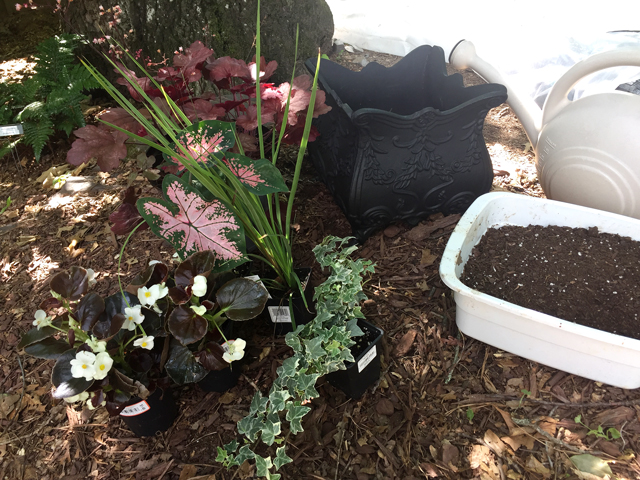
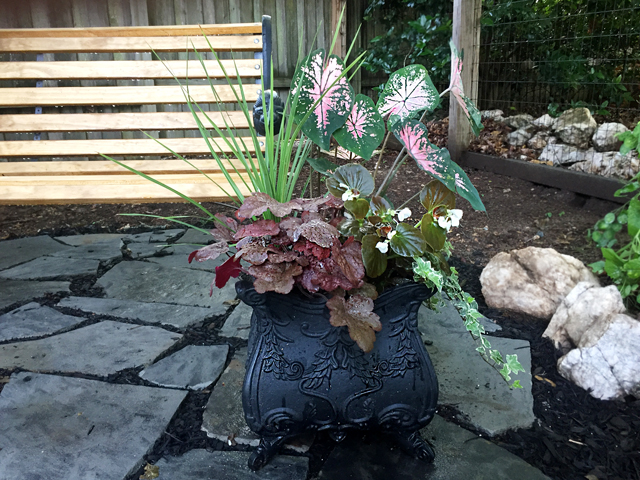
Selecting The Right Plants For Our Sunny And Shady Corner
Since this corner of the woodland garden gets sun for a few hours each day, I selected shade-loving plants that can handle some sun. The choice included:
- English Ivy, green and white variegated
- White Begonia
- Caladium
- Dracaena Spike
- Heuchera (Coral Bells)
This is the part I love. Planting the flowers, then watching them grow to fill and overflow the planter. I put the tall Dracaena Spike in the back with the leggy Caladium. The Begonia fit in well between the overflowing Heuchera and English Ivy. It has been a week or so since it was planted. It’s growing well and doing what it’s supposed to do, which is to be a beautiful addition to our flagstone garden retreat.
I hope you’ve enjoyed our recent posts that were all a result of our unusual circumstances of sheltering at home. The Emerging Home family wishes you all healthy, happy, and “normal” times soon!
Wow – that’s a beautiful planter. The plants you selected and the arrangement are gorgeous. Beautiful addition to your corner and an inspiring project!
Thanks Karen, the iron flower pot has been a nice addition to our garden. I think it’s a motivator to even get me in the garden to pull weeds!
Looks good. Do you know how old the planter is?
I don’t know the age of it, but I have found a more detailed design that looks very much like mine. Mine seems to be a reproduction of a French design from the mid-nineteenth century. Here’s a link to the original.
https://www.robinsoniron.com/product/square-renaissance-planter/